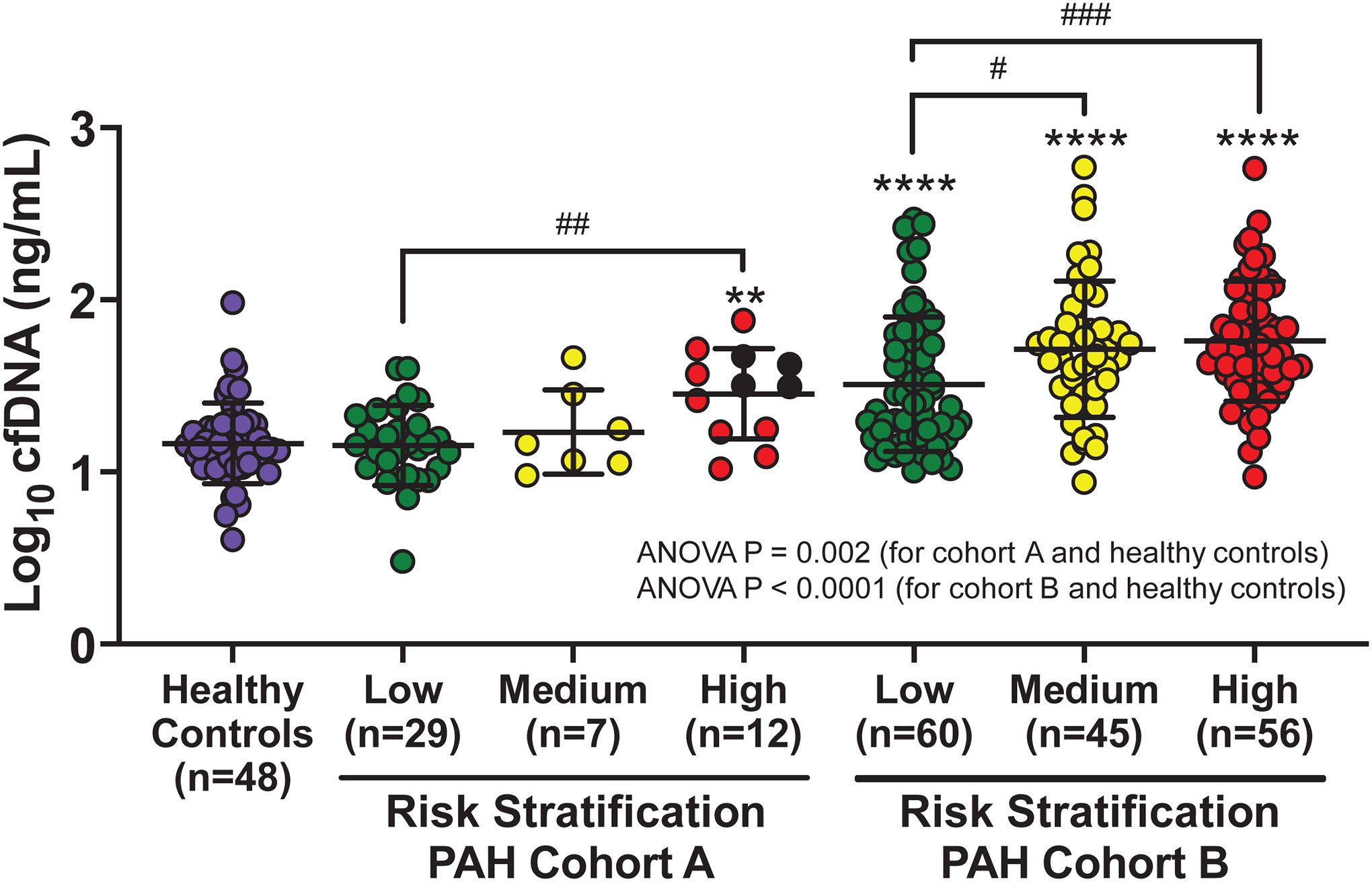Figure 2. Concentrations of cell-free DNA (cfDNA) are elevated in pulmonary arterial hypertension (PAH) patients and correlate with REVEAL 2.0 risk scores in two separate patient cohorts.

Healthy control and PAH patient cfDNA concentrations are displayed as mean +/− SD of log10-transformed values. Patients were divided into three risk groups based on REVEAL 2.0 score: low (≤ 6), medium (7–8), and high (≥ 9). In Cohort A (n=48), analysis of variance between the healthy control group and the three risk groups of PAH patients was significant (P=0.002) as were pairwise comparisons of high-risk PAH patients with healthy controls and low-risk patients (P=0.002 for both). Four patients in Cohort A died during follow-up (black data points). In Cohort B (n=161), analysis of variance across all 4 groups was also significant (P<0.0001). Pairwise comparisons identified significantly higher cfDNA concentrations in all three PAH risk groups compared with healthy controls (P<0.0001 for all). cfDNA concentration was also significantly greater in medium (P=0.02) and high-risk PAH patients (P=0.0008) compared with low-risk patients. P-values for pairwise comparisons were adjusted for multiple comparisons. ** P<0.01; **** P<0.0001 for PAH risk group versus healthy controls. # P<0.05; ## P<0.01; ### P<0.001 for comparisons between PAH risk groups.
